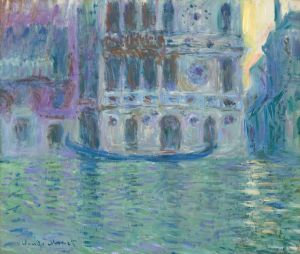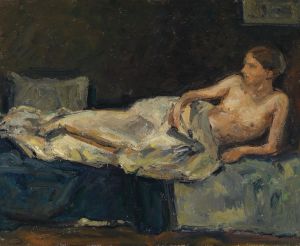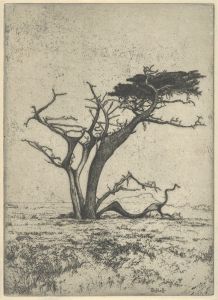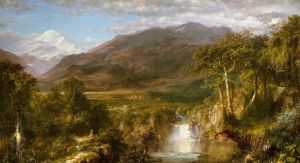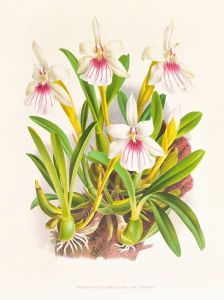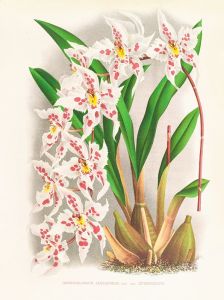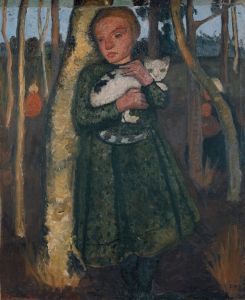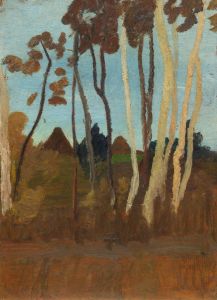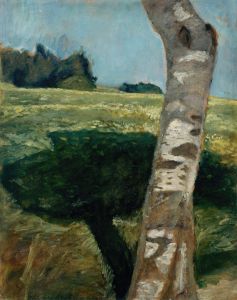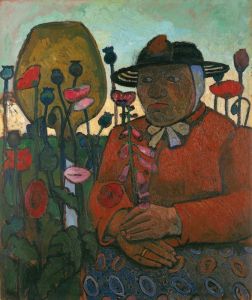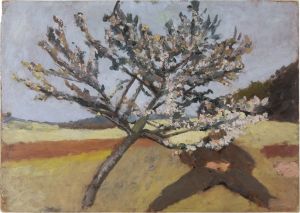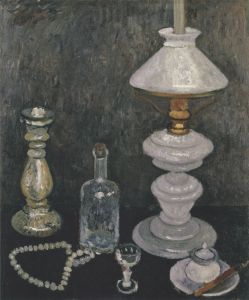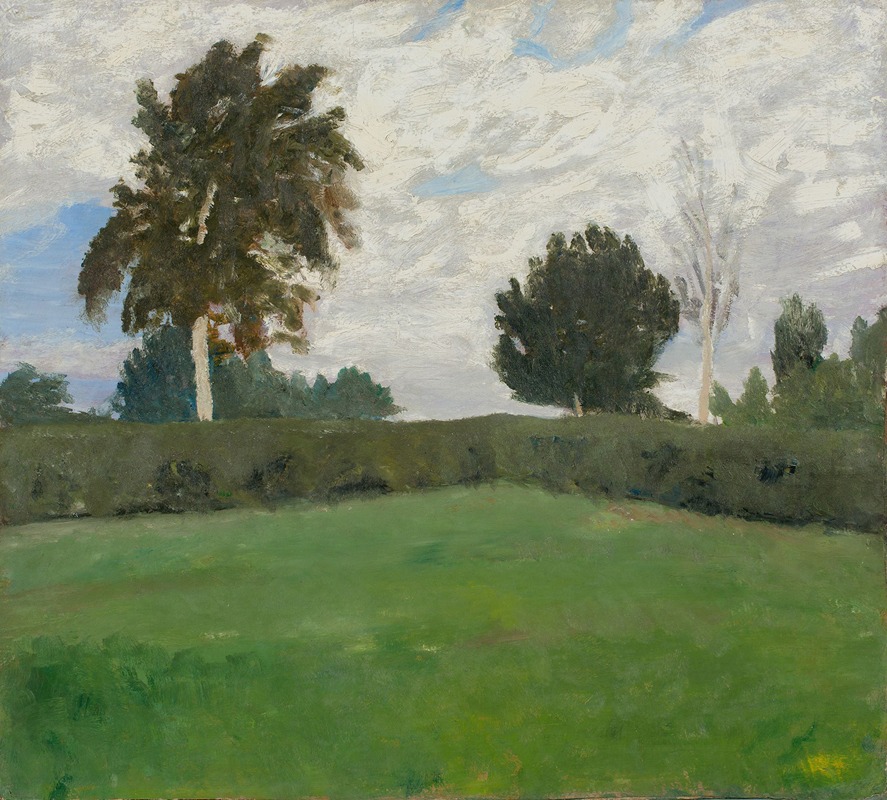
Brünjes Garten
A hand-painted replica of Paula Modersohn-Becker’s masterpiece Brünjes Garten, meticulously crafted by professional artists to capture the true essence of the original. Each piece is created with museum-quality canvas and rare mineral pigments, carefully painted by experienced artists with delicate brushstrokes and rich, layered colors to perfectly recreate the texture of the original artwork. Unlike machine-printed reproductions, this hand-painted version brings the painting to life, infused with the artist’s emotions and skill in every stroke. Whether for personal collection or home decoration, it instantly elevates the artistic atmosphere of any space.
Paula Modersohn-Becker was a pioneering German painter and one of the most important figures in early Expressionism. Her work is characterized by its bold use of color and form, and she is noted for her portraits, still lifes, and landscapes. One of her lesser-known works is "Brünjes Garten," which reflects her unique style and artistic vision.
"Brünjes Garten" is a painting that captures a garden scene, a subject that Modersohn-Becker frequently explored in her work. The painting is believed to have been created during her time in the artists' colony of Worpswede, a rural area in northern Germany where she lived and worked for several years. This period was crucial for her development as an artist, as she was surrounded by other like-minded artists who were interested in capturing the natural beauty of the landscape and the simplicity of rural life.
The painting itself is a testament to Modersohn-Becker's ability to convey emotion and atmosphere through her use of color and composition. In "Brünjes Garten," she employs a palette that is both vibrant and earthy, capturing the lushness of the garden while also imbuing it with a sense of tranquility. Her brushwork is expressive, yet controlled, allowing her to depict the natural forms of the garden with a sense of immediacy and presence.
Modersohn-Becker's approach to painting was innovative for her time. She often focused on the essence of her subjects rather than their detailed representation, a technique that would later be associated with Expressionism. In "Brünjes Garten," this is evident in the way she simplifies forms and uses color to evoke mood rather than to replicate reality. This approach allows viewers to experience the garden not just as a physical space but as a reflection of the artist's inner world.
Throughout her career, Modersohn-Becker was influenced by a variety of artistic movements and figures. She was particularly inspired by the Post-Impressionists, such as Paul Cézanne and Vincent van Gogh, whose work she encountered during her visits to Paris. These influences can be seen in her use of color and her interest in capturing the emotional essence of her subjects.
Despite her relatively short life—she died at the age of 31—Modersohn-Becker left behind a significant body of work that has continued to influence artists and captivate audiences. Her paintings, including "Brünjes Garten," are celebrated for their emotional depth and innovative use of color and form. Today, her work is recognized as a vital contribution to the development of modern art, and she is remembered as a trailblazer who paved the way for future generations of artists.
"Brünjes Garten" remains an important piece within Modersohn-Becker's oeuvre, exemplifying her unique artistic vision and her ability to transform everyday scenes into profound expressions of beauty and emotion. While the painting may not be as widely known as some of her other works, it nonetheless offers valuable insight into her artistic process and the themes that were central to her work.






